Cautious optimism surrounds plans for the world's first nuclear fusion power plant
Some in the industry feel that the plant will face many challenges


While nuclear power plants have become ubiquitous, they all operate using nuclear fission — but one energy startup has plans to change this. Commonwealth Fusion Systems (CFS), a spinoff branch of the Massachusetts Institute of Technology, has announced plans to build the world's first nuclear fusion power plant. If successful, this would mark the completion of a longstanding goal in the scientific community.
The plant is set to be located in Chesterfield County, Virginia, and will infuse "400 megawatts of steady fusion power into the state's electrical grid starting in the early 2030s," CFS said in a press release. Unlike nuclear fission, which splits atoms to create energy, nuclear fusion generates power by combining atoms. It is best known as the process that powers the sun. CFS' reactor would generate this fusion reaction using a donut-shaped device called a tokamak.
Power plants have never used this process because it is extremely difficult, requiring temperatures over 180 million degrees Fahrenheit and immense amounts of pressure and energy, according to the International Atomic Energy Agency. As such, there are mixed feelings on whether CFS' plan will be sustainable in the long run, especially with green technology on a constant trajectory of change.
The Week
Escape your echo chamber. Get the facts behind the news, plus analysis from multiple perspectives.

Sign up for The Week's Free Newsletters
From our morning news briefing to a weekly Good News Newsletter, get the best of The Week delivered directly to your inbox.
From our morning news briefing to a weekly Good News Newsletter, get the best of The Week delivered directly to your inbox.
'A long-elusive goal'
Creating a fusion-based power plant is a "long-elusive goal that scientists have pursued for the better part of a century," said Raymond Zhong at The New York Times. If successful, CFS' plant could "generate abundant electricity without releasing planet-warming carbon dioxide, and with no risk of large-scale nuclear accidents," providing a much sought-after alternative to the current nuclear power plants.
Despite the aforementioned challenges of generating enough energy, many "recent advances, though, have held out hope that the technology could be achievable in the next few years," said Laura Vozzella and Gregory S. Schneider at The Washington Post. If the plant becomes operational, CFS estimates it could power about 150,000 homes. Scientists "need to start fitting fusion energy into our code where necessary because fusion energy for years has been theoretical,” Richard C. Sullivan Jr., a Democrat in the Virginia House of Delegates, said to the Post. With the CFS plant, it is "starting to look real and we need our code to recognize that."
And there is also heavy support on the business side of things for the plant. The "fact that there's a broad investor syndicate, that's a good thing," Bob Mumgaard, the CEO of CFS, said to Reuters, noting that the brand has raised $2 billion since 2018 and is the largest fusion company in the private sector.
'Failed promises litter the path to workable fusion'
Despite the optimism from CFS, many "failed promises litter the path to workable fusion," said Ben Guarino at Scientific American. So we should "hold our nuclear horses for just a moment." Given its difficulties, fusion is the "kind of technology that always seems to be just 15 years away." If CFS is able to provide a working reactor, it "will have done so where previous attempts by well-financed tech companies have failed."
A free daily email with the biggest news stories of the day – and the best features from TheWeek.com
The project has "two major hurdles: maintaining the stability of the fusion process and converting the resulting energy into practical use," Brian Appelbe, a research fellow at the Center for Inertial Fusion Studies at Imperial College London, said to Newsweek. Fusion fuel itself is plasma, charged particles that are "just a ball of isotopes of hydrogen that's at temperatures hotter than the center of the sun." And "when you make something that hot, it just wants to fly apart."
While the ultimate goal of the project is to prove that fusion reactors can be commercialized, the "path toward it is unlikely to be smooth, not least because the technology has not yet been proved viable," Laura Paddison said at CNN. Fusion startups like CFS also "tend to be a little aggressive in what they're promising," Jerry Navratil, a professor of fusion energy and plasma physics at Columbia University, said to CNN. There is a "big difference between producing energy from fusion and having a practical system that puts power on the grid and is safe, licensed and operating."
Justin Klawans has worked as a staff writer at The Week since 2022. He began his career covering local news before joining Newsweek as a breaking news reporter, where he wrote about politics, national and global affairs, business, crime, sports, film, television and other news. Justin has also freelanced for outlets including Collider and United Press International.
-
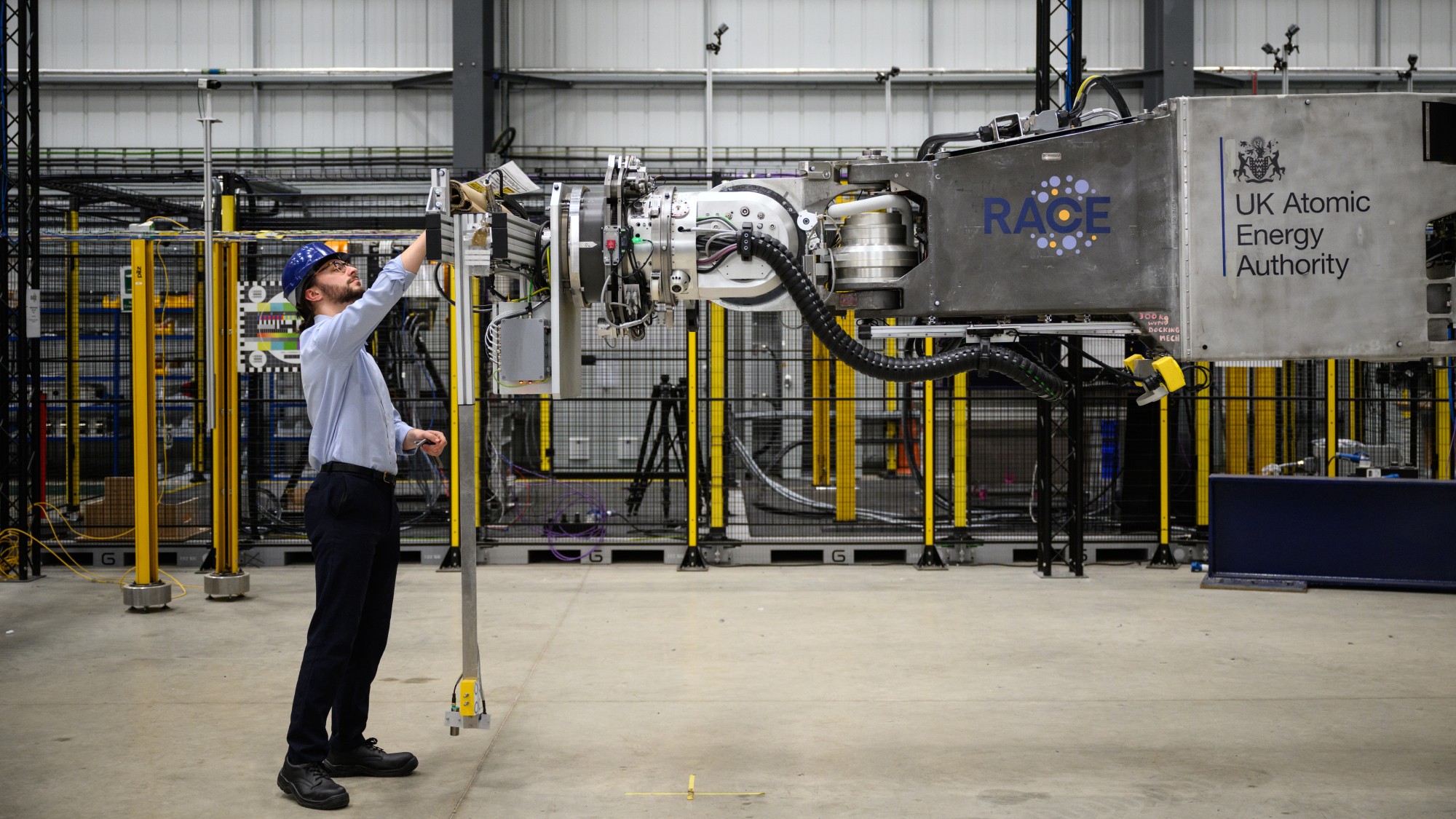 Why scientists are attempting nuclear fusion
Why scientists are attempting nuclear fusionThe Explainer Harnessing the reaction that powers the stars could offer a potentially unlimited source of carbon-free energy, and the race is hotting up
-
 Canyons under the Antarctic have deep impacts
Canyons under the Antarctic have deep impactsUnder the radar Submarine canyons could be affecting the climate more than previously thought
-
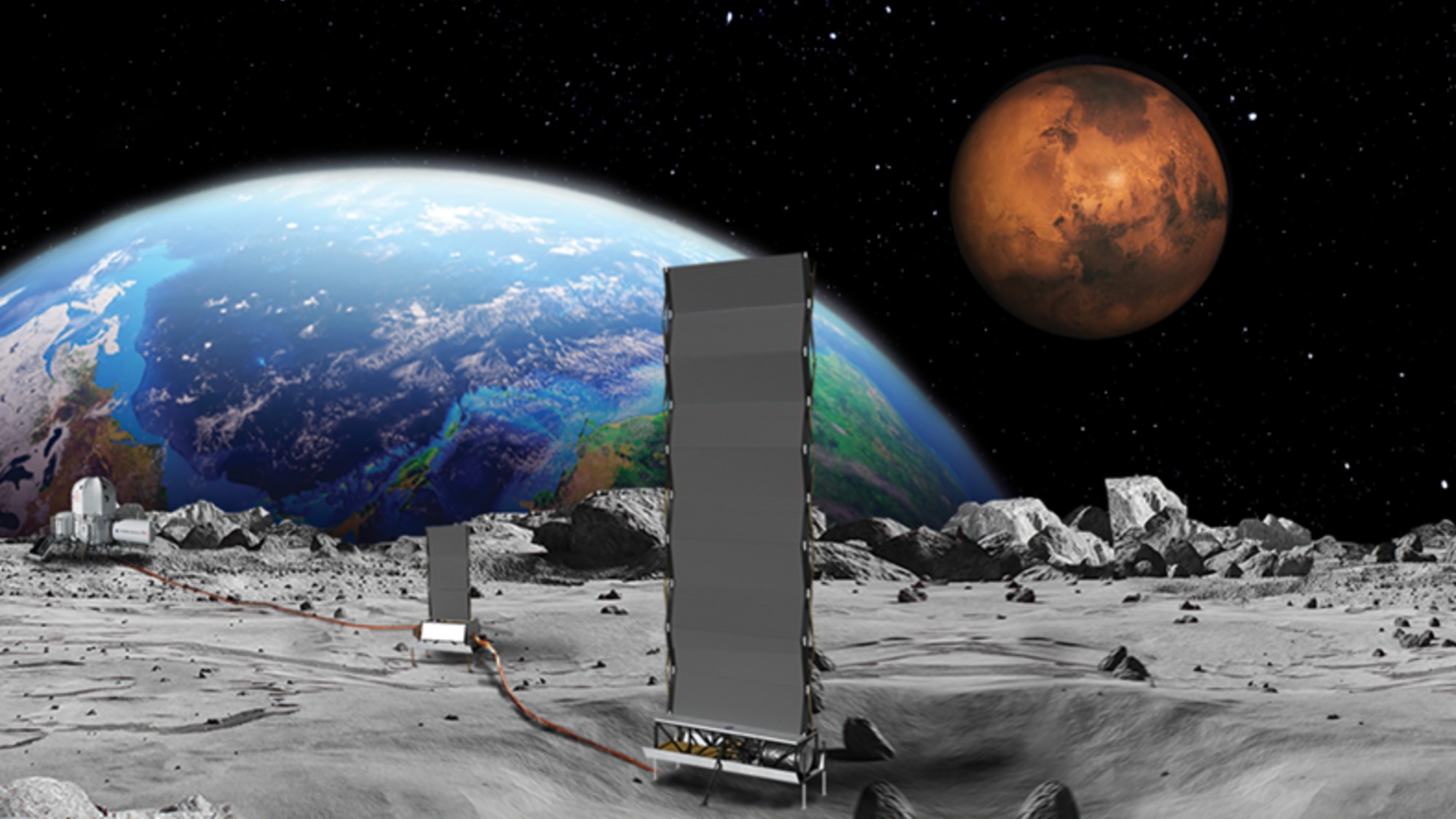 Why does the US want to put nuclear reactors on the moon?
Why does the US want to put nuclear reactors on the moon?Today's Big Question The plans come as NASA is facing significant budget cuts
-
 What would happen to Earth if humans went extinct?
What would happen to Earth if humans went extinct?The Explainer Human extinction could potentially give rise to new species and climates
-
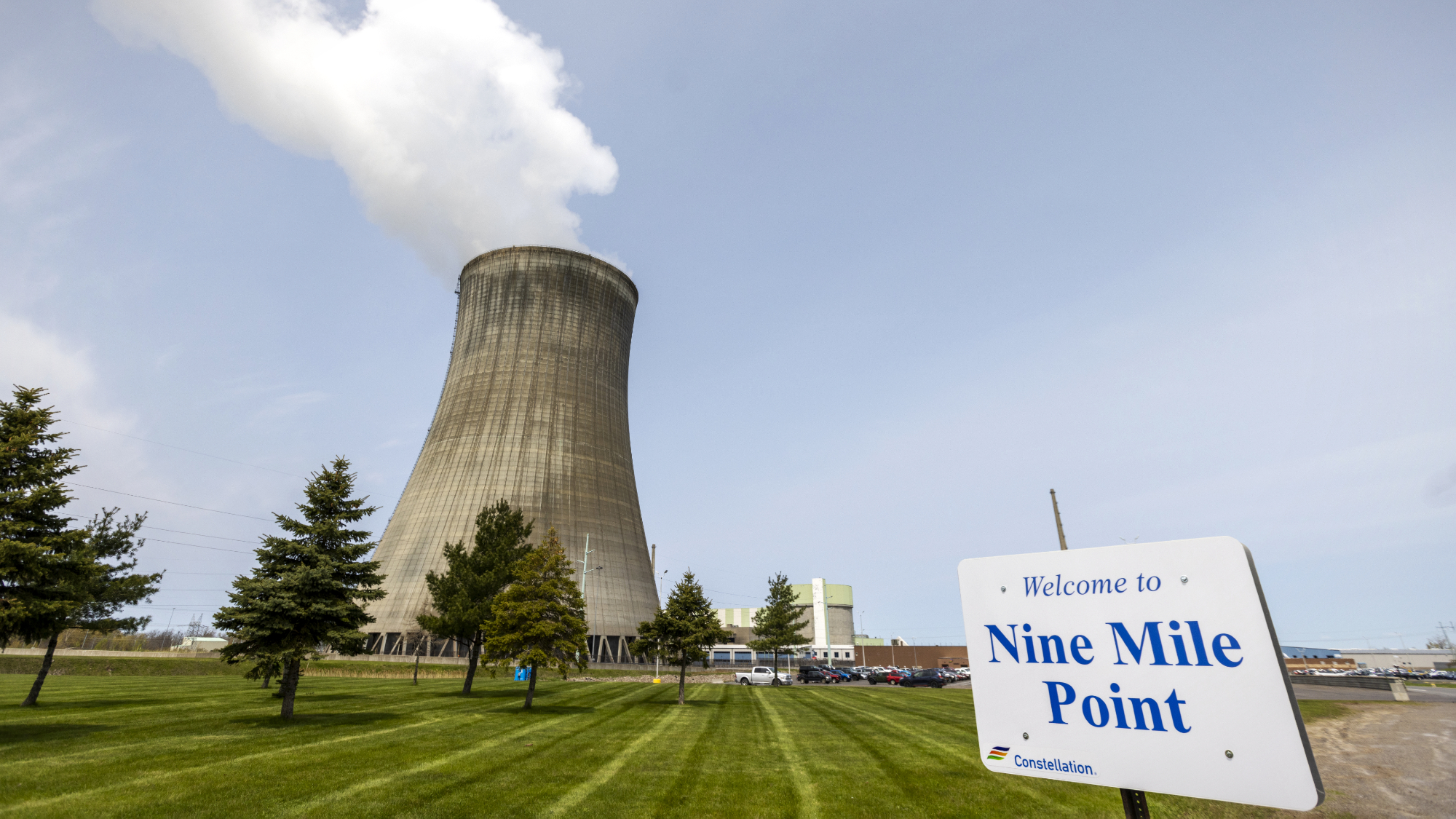 New York plans first nuclear plant in 36 years
New York plans first nuclear plant in 36 yearsSpeed Read The plant, to be constructed somewhere in upstate New York, will produce enough energy to power a million homes
-
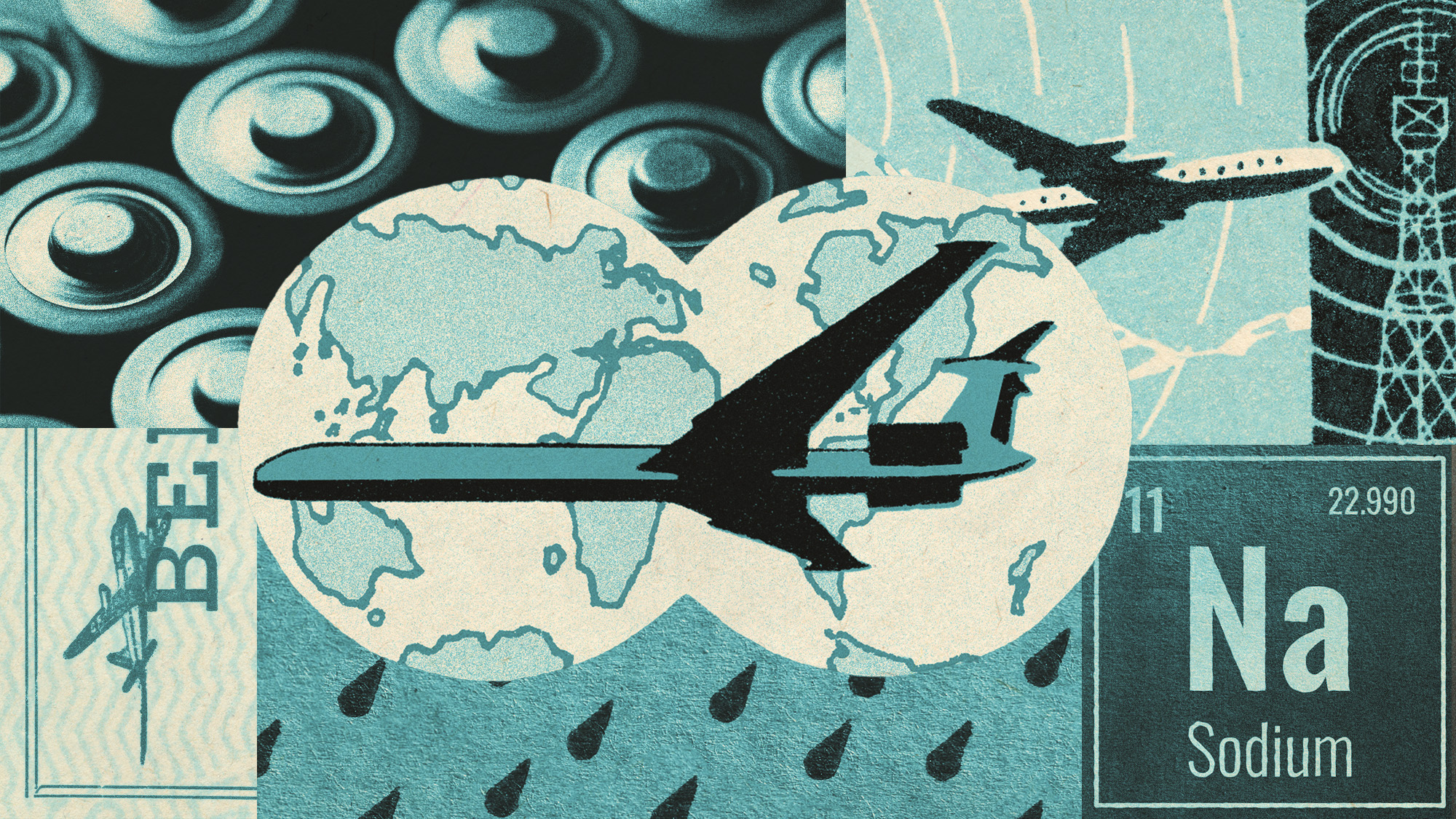 Sodium batteries could make electric flight viable
Sodium batteries could make electric flight viableUnder the Radar Low-cost fuel cell has higher energy density and produces chemical by-product that could absorb CO2 from the atmosphere
-
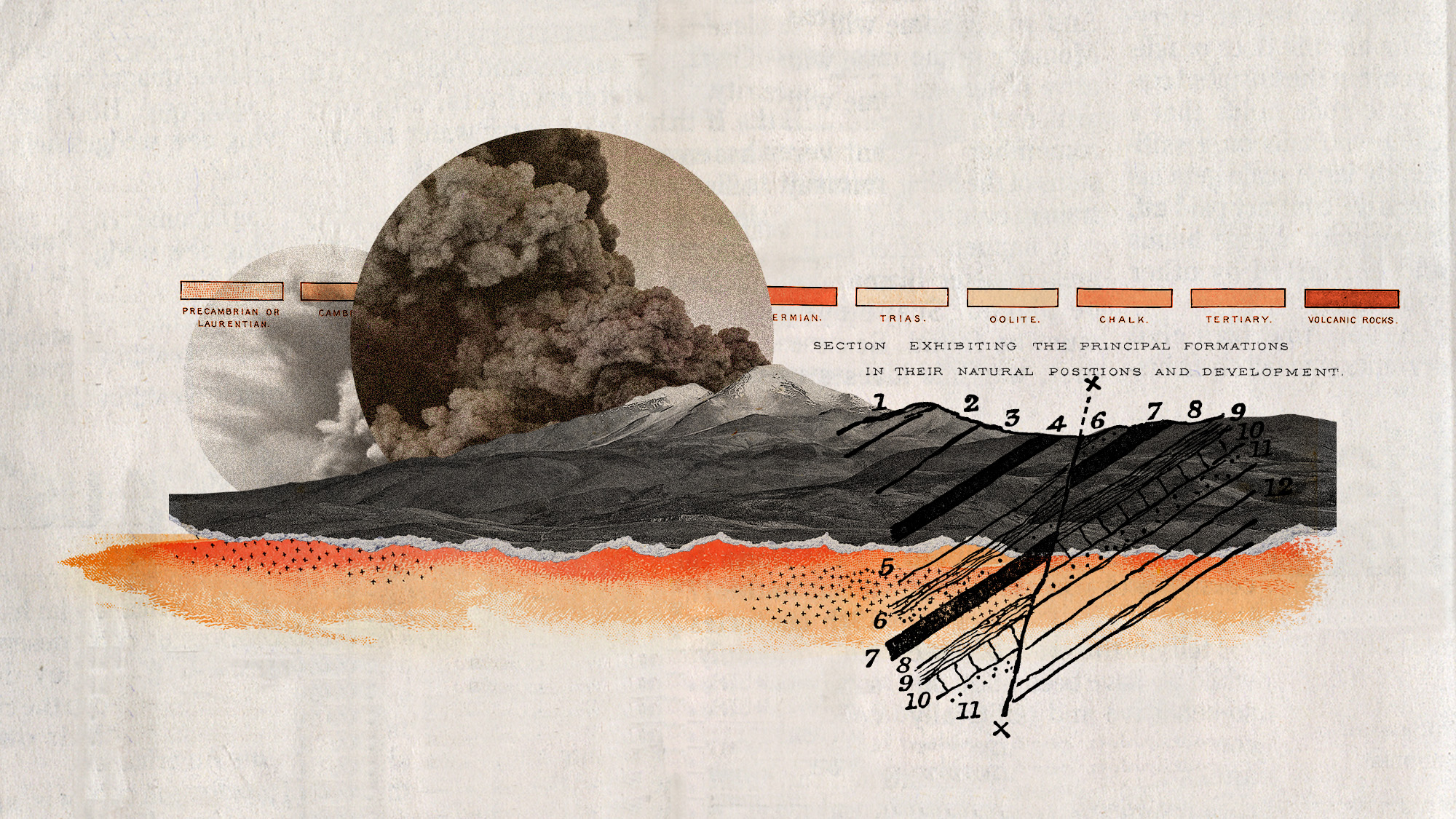 A zombie volcano is coming back to life, but there is no need to worry just yet
A zombie volcano is coming back to life, but there is no need to worry just yetUnder the radar Uturuncu's seismic activity is the result of a hydrothermal system
-
 'Bioelectric bacteria on steroids' could aid in pollutant cleanup and energy renewal
'Bioelectric bacteria on steroids' could aid in pollutant cleanup and energy renewalUnder the radar The new species is sparking hope for environmental efforts



